Click on images to enlarge
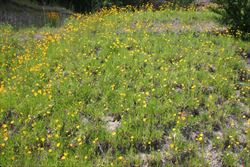
infestation (Photo: Trevor James)
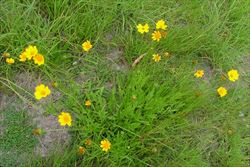
habit (Photo: Sheldon Navie)
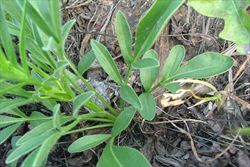
deeply-lobed, or once-compound, lower leaves (Photo: Sheldon Navie)
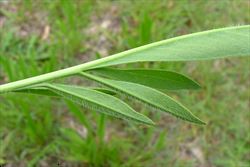
close-up of hairy leaf underside (Photo: Sheldon Navie)
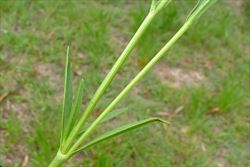
close-up of stems and smaller, stalkless, entire upper leaves (Photo: Sheldon Navie)
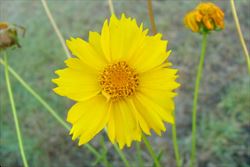
flower-head (Photo: Sheldon Navie)
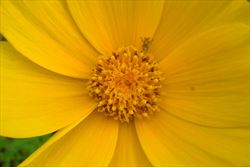
close-up of flower-head (Photo: Sheldon Navie)
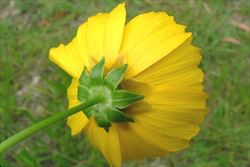
flower-head from below showing two types of floral bracts (Photo: Sheldon Navie)

immature fruit enclosed within enlarge floral bracts (Photo: Sheldon Navie)
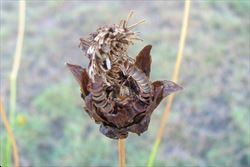
mature flower-head with numerous winged seeds (Photo: Sheldon Navie)

close-up of seeds (Photo: Steve Hurst at USDA PLANTS Database)
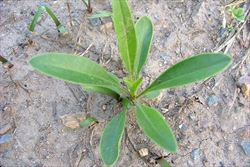
young plant (Photo: Sheldon Navie)
Scientific Name
Coreopsis lanceolata L.
Family
Asteraceae (Queensland, New South Wales, the ACT, Victoria, Tasmania, Western Australia and the Northern Territory)Compositae (South Australia)
Common Names
coreopsis, garden coreopsis, lance coreopsis, lance leaf tickseed, lance-leaf coreopsis, lanceleaf coreopsis, lance-leaf tickseed, lanceleaf tickseed, lance-leaved tickseed, long-stalk tickseed, sand coreopsis, sand tickseed, tickseed, tickseed coreopsis
Origin
Native to North America (i.e. southern Canada and most of USA).
Naturalised Distribution
Widely naturalised in eastern Australia (i.e. in south-eastern Queensland, many parts of New South Wales, ACT, and some parts of Victoria). It is also reported to be naturalised on roadsides between Perth and Albany in south-western Western Australia.
Naturalised overseas in Argentina, northern China, New Zealand, South Africa, and beyond its native range in south-western USA (i.e. California and Colorado).
Notes
Coreopsis (Coreopsis lanceolata) is regarded as an environmental weed in New South Wales and Queensland, and a potential weed or "sleeper weed" in other parts of the country. This garden escape is listed as a priority environmental weed in one Natural Resource Management region and is commonly found on roadsides, along railway lines and in disturbed areas.
Coreopsis (Coreopsis lanceolata) has invaded native grasslands and open woodlands and is most abundant in the Stanthorpe district in south-eastern Queensland. However, it is thought to have the potential to become a major weed in open forest habitats within the coastal and sub-coastal districts of Queensland and New South Wales.

